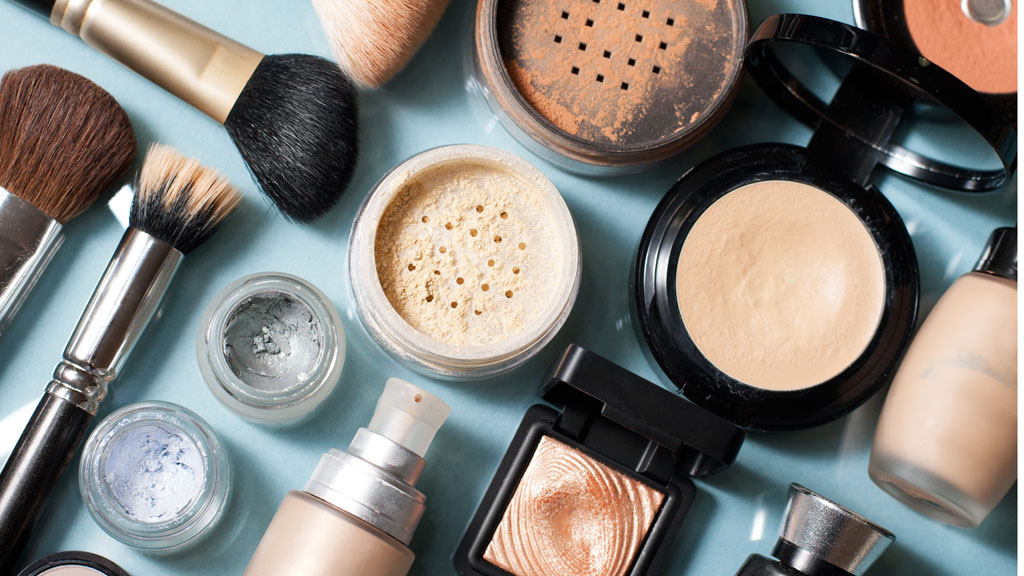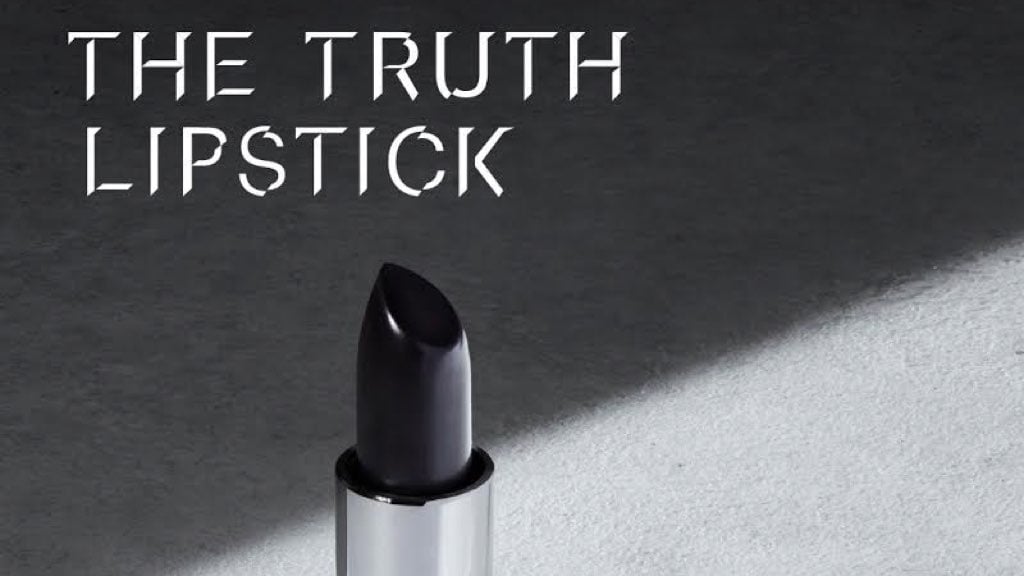One of the occupational hazards of being a journalist whose job includes writing about cosmetic medicine is that you learn to be skeptical of what you see. You learn that those firm breasts across the room could be silicone-inflated. You understand that a Kardashianesque rear end at a gym class may have had professional help. And you’re all too aware that there are Botox enhancements for, well, just about everything else.
But until I had a conversation with a dermatologist named Noëlle Sherber, I never thought to turn a skeptical eye to passing jaws, particularly male jaws, those supposed emblems of everything rugged and genuine about the American man. Sherber, of DC’s Sherber & Rad, told me she’d started injecting men’s jawlines with filler to give them more definition. Washington men, she said, are paying $2,000 to have their jaws pumped with filler. Seriously?
Seriously. It’s not just Sherber. At Elizabeth Tanzi’s Chevy Chase dermatology office, jawline-defining treatments were up by 250 percent from the first half of 2016 to the first half of this year.
It seems jaws are having a cultural moment—a BuzzFeed article titled “23 Jawlines Guaranteed To Get You Pregnant” pretty much sums up how our culture feels about this particular bit of the male physique. But the jawlines in that sort of story are of movie stars. Washingtonians, the doctors say, aren’t marching in, slapping down a photo of Henry Cavill from Man of Steel, and demanding a dramatic remake. That, according to Tanzi, is “a little too Hollywood for DC.” They prefer a more subtle version.
“People in Washington want to have an authoritative appearance, but one that suits their own face,” says Sherber. “They tend to be most of all interested in how to look like themselves a few years prior.”
Nonsurgical cosmetic procedures for men are just 9 percent of the business nationally, but in some Washington dermatology offices, men make up about 20 percent of patients. According to Tina Alster, a dermatologist who runs a K Street practice, after their hair and their bellies, weakened jawlines are what her male patients are most concerned about.
Yet although the number of procedures has increased, most men are still in the dark that this treatment exists. That’s because, officially, it doesn’t. Juvéderm Voluma, a product popular for jawline injections, was approved by the Food and Drug Administration in 2013 as a cheek filler. Because the hyaluronic-acid-based product is firmer and more flexible than previous fillers—which might have added too much volume and inadvertently given male patients an “effeminate” jaw—some dermatologists began using Voluma off-label along the mandible. It may not be advertised during Hulu commercials—advertising off-label use is a no-no—but word of mouth seems to be spreading.
The number of products that can be used to define a jaw has multiplied of late, which may help explain the growth in treatment. Like Voluma, Restylane Lyft—which came on the market in 2015—contains hyaluronic acid. Though it’s FDA-approved for filling wrinkles, it, too, has the potential for off-label use. Then there’s Kybella, a fat-dissolving injectable intended for under the jaw; the FDA okayed it for reducing double chins in 2015.
Paul Sherrill, a 50-year-old DC interior designer, had already taken care of his hair and his gut—he got hair transplants and CoolSculpting around his middle—before turning to Sherber for more aesthetic work. He approached the dermatologist in hopes of finding some quick, easy fixes that would help keep him looking in his prime. He tried jawline injections at Sherber’s recommendation, and the fact that there was no downtime was a selling point. Since then, he’s been back for more every six months for the past two years.
“It really to me has been a wow effect,” he says. “It’s one of those things that I’m left with immediate gratification.”
The difference pre- and post-filler can be measured in millimeters, so the injections aren’t for those born with a weak jawline. For men whose faces have never had a strong structure, Sherber might recommend a more permanent fix in the form of implants, which require surgery and recovery time. But for those whose disappearing jawlines are age-related—a result of bone loss and skin slackening—30 minutes and a couple vials of filler can do the trick.
The technology has come at the right time. With the rise of Instagram, Facebook, and Snapchat, people’s images are being captured more and more—and iPhone camera lenses keep getting better. Because you can’t control what other people post, or expect them to Facetune your portraits, everyone is a little more aware of his or her looks. And there are a lot more pictures of faces on social media than of bellies, pecs, or other potential sources of male insecurity.
Face-consciousness may be especially evident among power-class types here than in other cities. In a town of talking heads and “experts,” on-the-fly television appearances are forcing some to come face to face with what bad lighting and high-definition cameras can mean for their appearance, says Sherber. The problem is persistent enough that she built a TV-lighting makeup studio into her practice so patients can see how they’ll appear on camera.
“It can look like you have jowls along the face when you don’t in real life,” she says. “I’ll have patients bring screen shots of how they look on camera and say, ‘What is happening with my face and neck?’ ”
One 48-year-old lawyer—a patient of Alster’s we’ll call Dan—says he has felt the effects of our photo-obsessed culture. While he has never jumped in shock when looking in the mirror, photographs have shown him a different reality. A few years back when he gazed at a picture of himself, he was surprised by how much he suddenly resembled his father. There were lines on his face, and yes, his jawline wasn’t as defined.
Although he never looked at his profile in a mirror, Dan noticed that when he saw himself in photos shot from the side, his jawline no longer made a right angle—it was more of a 45-degree slope. Eventually, he came across a brochure at Alster’s office for Kybella and gave it a try. Happy with his first treatment, he followed up with two more. Now when he sees himself in photos, the shock is gone.
“I finally looked the way I thought I looked,” he says. “Reality caught up with expectation.”
This article appears in the October 2017 issue of Washingtonian.




















